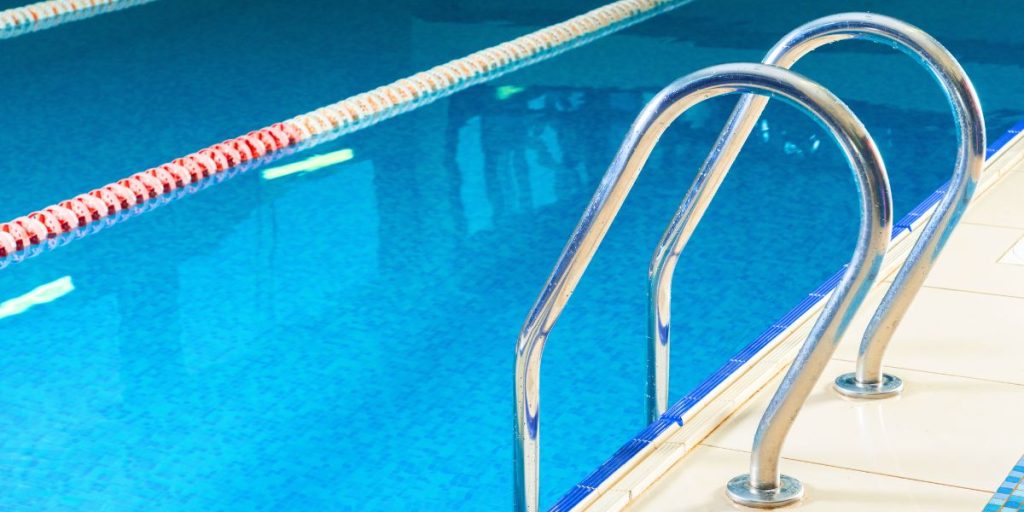Pools bring joy and memorable family moments—especially in sunny Florida—but they can also pose a serious danger if the proper safety measures are not followed.
According to the Florida Department of Health, drowning is the leading cause of unintentional death among children ages 1 to 4 in the state. A single moment of inattention can lead to tragedy.
The good news? These incidents are largely preventable with a few simple but powerful steps.
Have a pool at home? Don’t miss these essential safety features
- Install a proper safety fence
Your pool fence should:
-
- Be at least 4 feet (1.2 meters) tall
- Be climb-resistant with self-closing and self-latching gates
- Completely isolate the pool from the house and yard
Florida law requires pool barriers for residential pools under the Florida Swimming Pool Safety Act.
- Use certified safety pool covers
Not all covers are made for safety. Look for covers that:
-
- Are certified “safety covers”
- Can support the weight of a child or adult
- Also reduce water loss and chemical evaporation
- Install alarms on doors, windows, and in the pool
If your home opens directly to the pool area, install:
-
- Door and window alarms that sound when opened
- Surface or submersion alarms that alert you to water activity
- Smart systems that notify your phone in real time
- Active supervision is non-negotiable
Nothing replaces the constant, undistracted attention of an adult.
Set a clear rule: each time the pool is in use, one adult must act as the “water watcher.” No phones, no distractions—just eyes on the water.
You can even use a physical “watcher badge” that gets passed between adults every 15-30 minutes.
- Teach kids water safety early
Even toddlers can learn:
-
- To ask permission before approaching the water
- Basic swimming skills
- Never to run or rough-play near the pool’s edge
Formal swimming lessons from age 2 and up can drastically reduce drowning risk.
- Emergency readiness: what every poolside adult should do
Prevention is critical, but so is being ready to act immediately if an emergency happens.
-
- Learn CPR: According to Dartmouth-Hitchcock Health, the most effective way to prevent brain damage or death is to begin CPR immediately after pulling the child from the water, even before EMTs arrive.
👉 Take a certified course through the American Heart Association - Keep a phone nearby: Not for scrolling, but in case you need to call 911. Teach kids how to dial in an emergency and keep emergency contacts posted near the pool area.
- Have a first aid kit handy: Make sure it’s fully stocked, up to date, and stored in a visible, easy-to-reach location. Replace expired items regularly.
- Learn CPR: According to Dartmouth-Hitchcock Health, the most effective way to prevent brain damage or death is to begin CPR immediately after pulling the child from the water, even before EMTs arrive.
“A safe pool is a happy pool.”
Final thoughts: Safety today, peace of mind always
At Pool Cleanliness Solution, we care about more than just clean water—we care about the people enjoying it. If you’re unsure whether your home pool meets today’s safety standards, let our certified professionals help.
Did you know? We offer safety inspections and full pool care in the Orlando area.
Call us today at +1 407-607-6711 to schedule your service.

